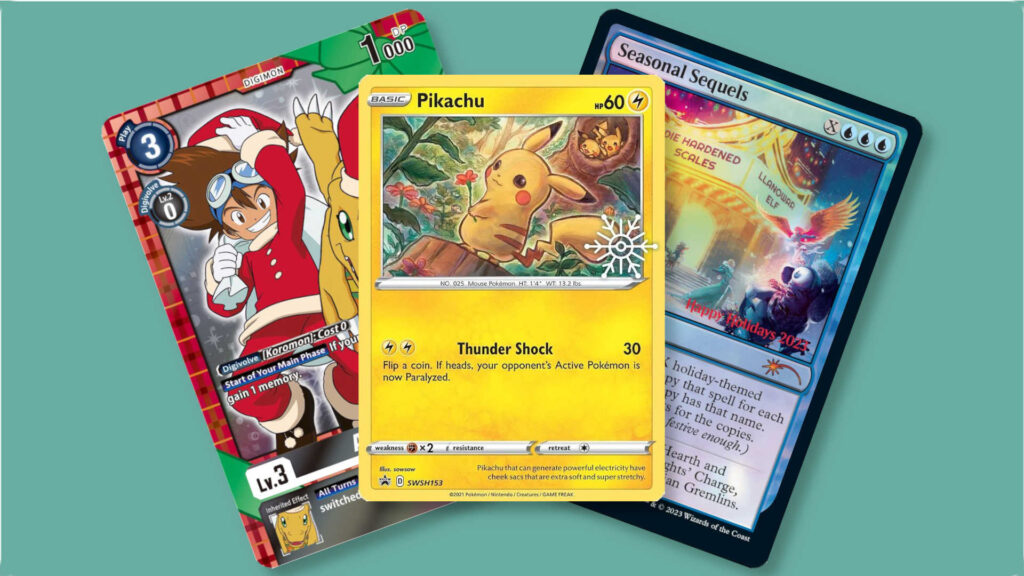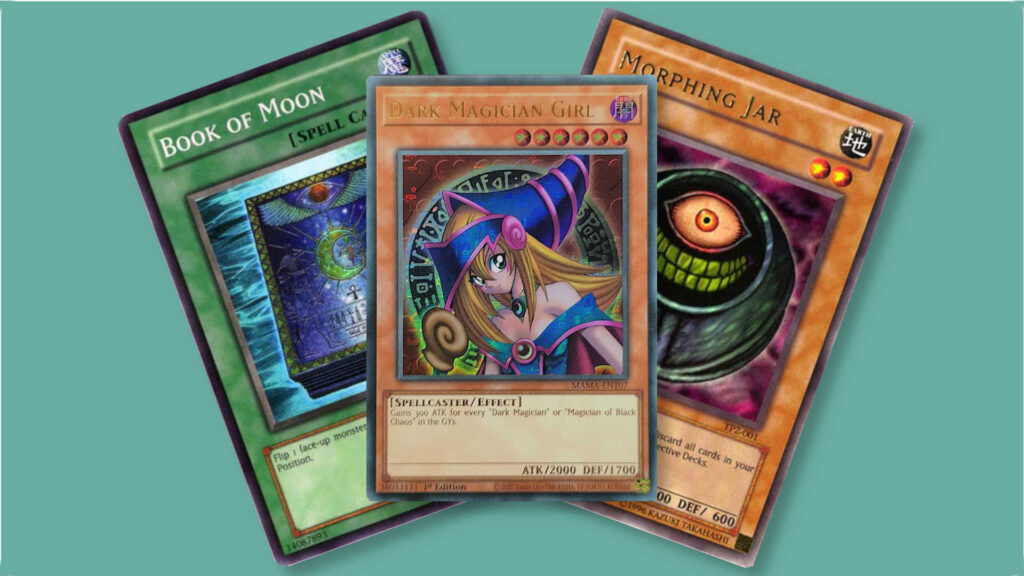Hello, and welcome to Retro-Spective, where we take a look at older card game-based video games and review how they play! Today we’re starting strong with an analysis of the gameplay of the Pokémon Trading Card Game for Game Boy Color, ported to the Nintendo Switch console. This game takes the tried-and-true format of the main line Pokémon games and inputs the gameplay of the Pokémon TCG to provide players with a self-contained and user-friendly gaming experience!
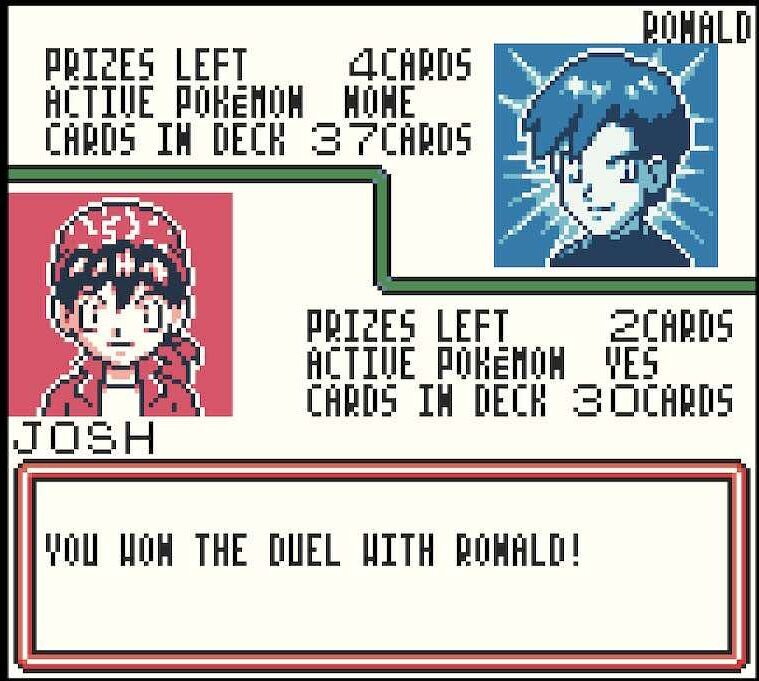
Table of Contents
ToggleDeckbuilding in the Pokémon TCG
The way that the Pokémon TCG plays in this video game for the Game Boy Color mirrors the original rules of the PTCG from its inception in Japan in October of 1996. Players build a 60-card deck with Pokémon cards, Trainer cards, and Energy cards. Pokémon are your bread-and-butter for this game, as expected, and are the primary means of winning matches. Trainer cards are your support cards. Finally, Energy cards are your resources to allow your Pocket Monsters to attack and eventually win.
The ratios for these cards in the decks vary by playstyle, and every Pokémon type has a fairly distinct way of playing. For example, Fire-Type Pokémon cards recklessly discard Energy attached to them to deal massive damage, while Grass-Type cards will often have a degree of status affliction effects handy. How you choose to build is up to you. On the flip side, deckbuilding capability also depends on the cards you pull from booster packs.
In this game, there are exactly four booster packs, as well as 20 promotional cards, some of which drive the storyline. Each set of the four contains somewhere between 50 and 56 cards and can be gained from defeating other players in the story. For those unsure, rematches exist for the sake of getting more packs, gaining more cards in your collection, and ultimately doing better. This includes rematches against Club Leaders, the game’s Gym Leader analog. There are ten Club Leaders, each with a specialty playstyle and type affinity.
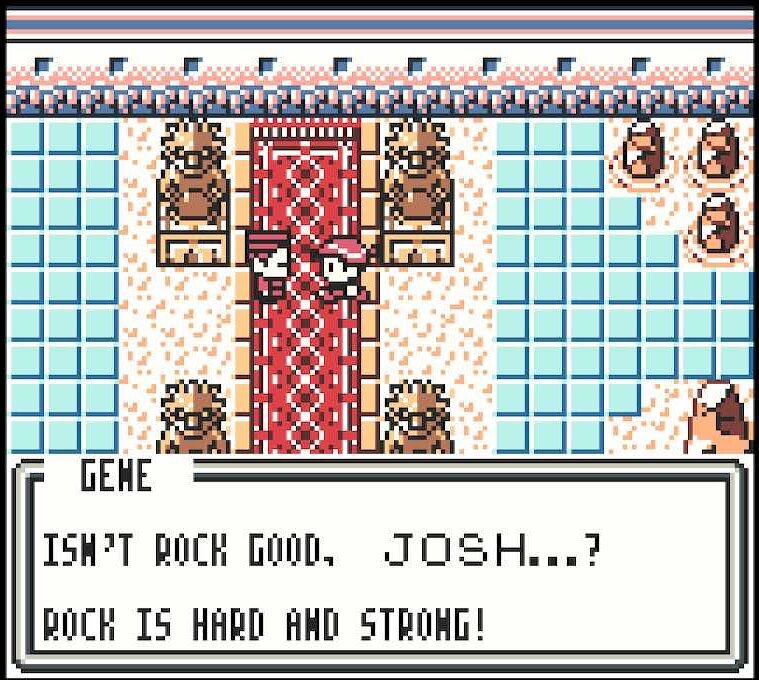
Pokémon TCG Gameplay
The Pokémon TCG as a card game runs simply and efficiently. Each player draws seven cards and then removes the top six cards of their deck as prize cards. This number can vary in the game, since six prizes is usually reserved for duels against major opponents like a Club Leader or your perennial rival, Ronald. A winner is determined when a player takes all six of their prize cards, when their opponent has no cards left in their deck and attempts to draw, or when their opponent has no Pokémon on their bench. Players mulligan to a full grip of seven cards if their opening hand has no Pokémon they can immediately play, and there is no consequence to this mulligan.
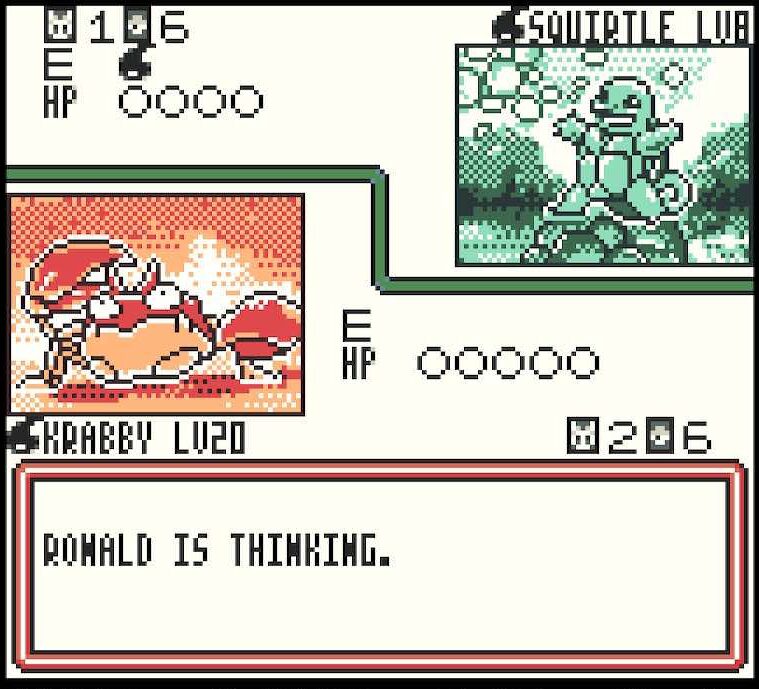
Pokémon tend to require Energy to attack in normal play and this is a mandate in the video game. The cards don’t have any attacks that require no Energy first. Therefore, a blend of Basic Pokémon and Energy cards is a must for an opening hand. Unfortunately, mulligans can only occur if the player has no Basic Pokémon available; it doesn’t happen without Energy.
Below is an example of the kind of gameplay you can expect from the Pokémon Trading Card Game for Game Boy Color:
NPCs Provide a Fair, if Minor, Challenge
Winning duels against NPCs in this game is largely dependent on a few factors. Because you know what type of deck you’ll face, it’s important to use type advantages to your benefit. For example, the Water Club will inevitably have a weakness to either Grass-Type or Electric-Type Pokémon. So, a deck that uses those types makes that club incredibly trivial to succeed in. Meanwhile, a Grass-Type deck won’t win against the Fire Club. In that instance, it’s best to change your deck to something that does better there. Luckily, the game has multiple slots for your various decks.
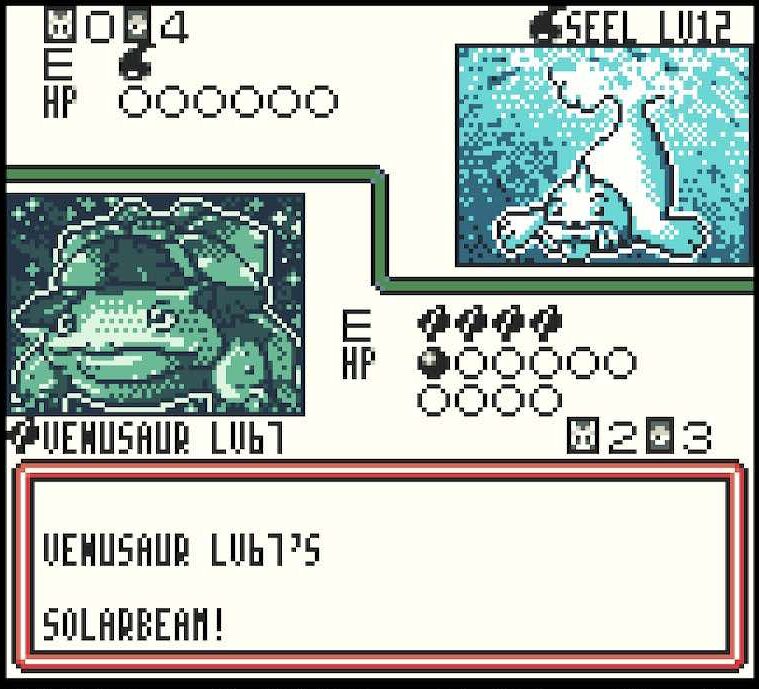
Additional Game Notes
The user interface for this game is quite intuitive. There are six potential commands you can input: play a card from your hand, Attack, Retreat, use a Pokémon Power, check the board state, and pass the turn. Some of these won’t matter, such as when your Pokémon have no latent Pokémon Powers to use. However, all of these commands are otherwise all you need to play the card game. As a result, the Pokémon TCG is a well-oiled machine that runs oh, so smoothly for a game released in 1998 (or 2000 in North America).
The overworld interface is extremely easy to use. This game featured a speed walk before Pokémon Gold and Silver Versions came out. That makes this game quite ahead of its time. It means players can simply get to the game’s main concepts without schlepping slowly from location to location ad absurdum. The video game music isn’t too distracting, either, but just action-y enough to be engaging for players. This music is consequently regarded fondly by Pokémon fans and Game Boy Color enthusiasts. Finally, the game’s graphics are still at that Game Boy Color level of rudimentary. Nevertheless, they provide fantastic 1:1 replications of card art from the paper Pokémon TCG. You can see some of this in the above images.
We All Live in a Pokémon World
Admittedly, I’m only a dabbler in the Pokémon TCG on paper. However, I found myself riveted by this video game from a very young age. It taught me the fundamentals of the core game back then. It reacquainted me with a nostalgic look at how it ran when I got it for the Nintendo Switch Online. Playing through the game provides a fun and oftentimes challenging experience. I always love diving into it from time to time.
There are some reservations I have about the gameplay. However, those are strictly rooted in the gameplay of the card game itself; it isn’t the video game adaptation’s fault. Overall, the game ended up a home-run hit for me, and, I’d expect, many others as well.
Check out more of our Pokémon TCG articles here!



